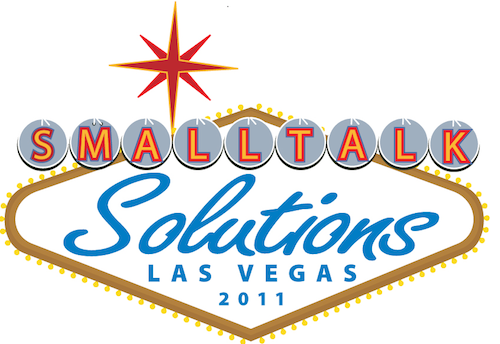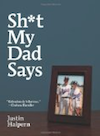More Training
A few weeks ago, I gave a light speed (2.5 days) Smalltalk training class to some new users of the project I'm working on; I knew then that they were going to have to come back for some real, in depth stuff if they intended to work on the internals of the thing, as they say they mean to.
So - I'm about to start gearing up for a two week training delivery. Not sure where - it could be in Texas (probably will be), or it could be at the new site, which is in Virginia (much closer to where I live). The materials are coming to me today, so I can start getting a handle on those - we'll see what happens from there.
This is starting to be "Back to the Future" for me - consulting and training, just like the 90's :)
Technorati Tags: training
Bootstrapping Smalltalk
Ever wondered why you have to start with a pre-built image, rather than building up exactly what you want/need? Well, so did Yoshiki Ohshima - he's been working on that problem:
We've been playing with John's MicroSqueak and it occured to me that having a bytecode compiler that is implemented outside of Squeak opens some possibilities, such as generate a growable image file from all text files, or make deep changes to the system without shooting yourself.
Ironically, the harder part of this may be in getting the Smalltalk community to agree on a standard "outside the image" text format...
Technorati Tags: squeak, bootstrapping
Smalltalk Choices: Good!
GuyWhoSteals has a nice post up comparing and contrasting the options for Seaside development and deployment. The upshot: you have a lot of good options across multiple platforms:
Both Squeak/Pharo and VisualWorks are cross-platform, with the virtual machine and IDE working almost identically on Windows, Linux and MacOS X. Currently, I do development on Windows and Ubuntu Linux (depending on which machine I’m working on), and deploy to a web server running Linux. I hope this sheds some light on this very individual set of decisions. One last thing I’d like to reiterate: If you’re new to Smalltalk and Seaside, you essentially can’t go wrong with the main 3 distributions (VisualWorks, GLASS or Pharo). All three are excellent cross-platform environments, and the choice between them comes down to commercial support, licensing fees (and, in the case of Gemstone, whether or not you need a first class object-oriented database).
Keep in mind that the VA Smalltalk product is a good choice as well, if OS X isn't in your list of platforms.
Technorati Tags: seaside, deployment
Smalltalk to the Cloud
Smalltalk Zen has started a series on deploying a Smalltalk (Pharo) server to a cloud hosted service - looks like you should stay tuned for more.
Pier, Podcasting, and Tools
I found this interesting, because it's ground I've mostly covered with my Silt server - things like iTunes enabled feeds, XML-RPC interfaces for posting tools, and so on:
In which I hope to adequately explain how I used PierCMS to launch my new podcast, Those Optimize Guys.
Sergio advocates using Feedburner, which does most of the work for you. Probably a decent idea now, but I like the fact that all generation is under my control :)
Technorati Tags: pier, podcasting
Installing GS/S 2.4.4 on Macintosh 10.6
The Gemstone guys explain the process
Technorati Tags: gemstone
Seaside and AidaWeb
Robert Shiplett compares Seaside and AidaWeb for his end goal- generating Curl rather than HTML:
The Aida 6 web framework is rather different in objectives than Seaside 3 as a Smalltalk application server. My specific interest was to determine to what extent the services for web applications were orthogonal to any given web markup. Both default to HTML but I am looking at frameworks suitable for emitting declarative Curl markup using the Curl web content language (originally MIT and now Sumisho.)
Technorati Tags: curl, web development
| Previous | Next | (1107 total) |





